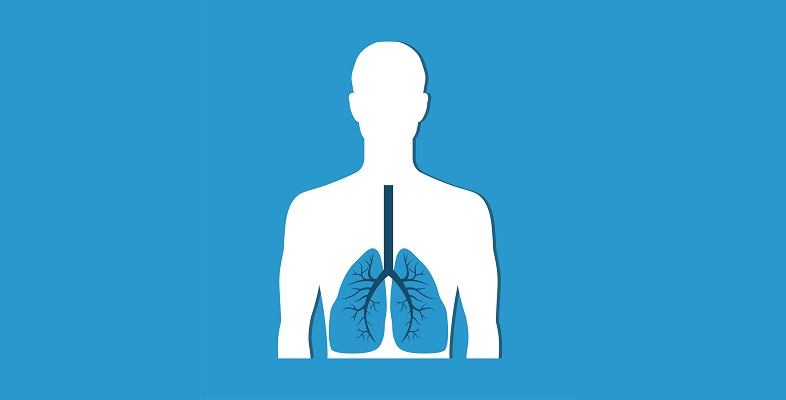Blood and the respiratory system
Introduction
At some point in your life, you have probably tried to see how long you could hold your breath. It most likely took about 30 seconds before you felt the need to breathe. Free-divers, people who descend deep underwater without any breathing equipment, can hold their breath for much longer. In July 2016, William Trubridge set a world record in unassisted free-diving by going down 102 metres (334 feet) into Dean’s Blue Hole, a large marine sinkhole in the Bahamas. He did so on a single breath that he held for more than 4 minutes, as you can see in the following video. (Make sure to open the link in a new window/tab so you can easily navigate back to this page.)
Link to Video 1 – William Trubridge’s record free-diving descent. [Tip: hold Ctrl and click a link to open it in a new tab. (Hide tip)]Exchange of gases between the body and the atmosphere involves a complex and finely tuned series of mechanical and cellular events.
In this free course, Blood and the respiratory system, you will learn about the structure of the respiratory system, how the lungs contract and expand, as well as the factors that affect pulmonary ventilation. In addition, you will explore how gases are transported between the lungs and other tissues, how the respiration rate is controlled and look at examples of genetic diseases that affect respiration.
This OpenLearn course is an adapted extract from the Open University course SK299 Human biology.
